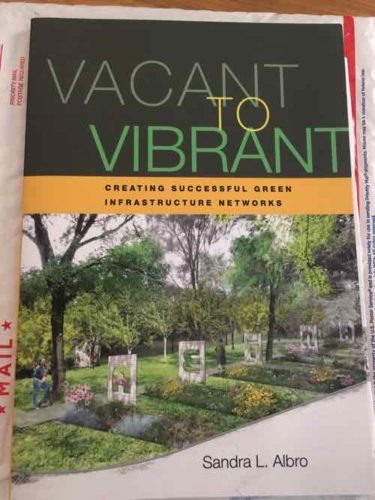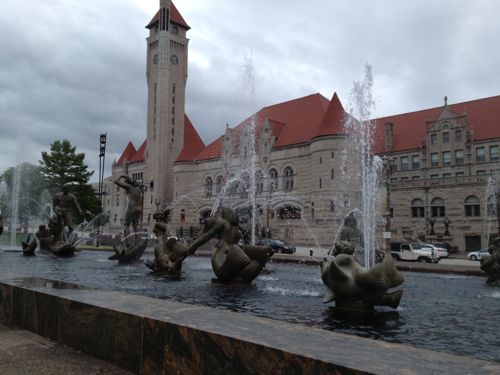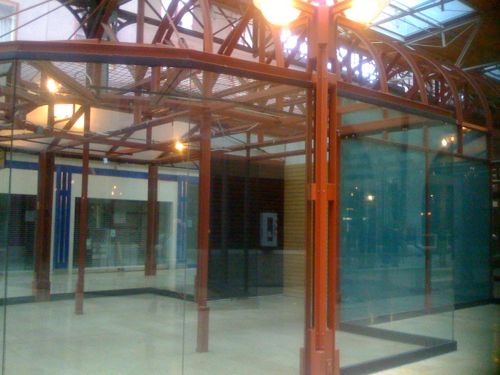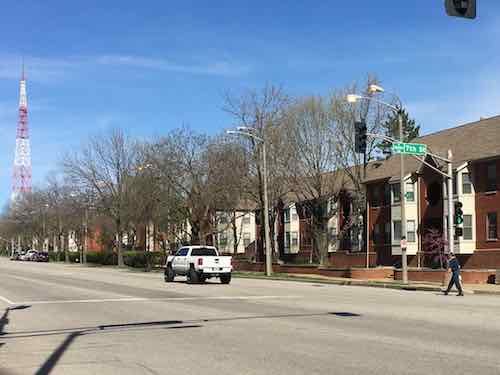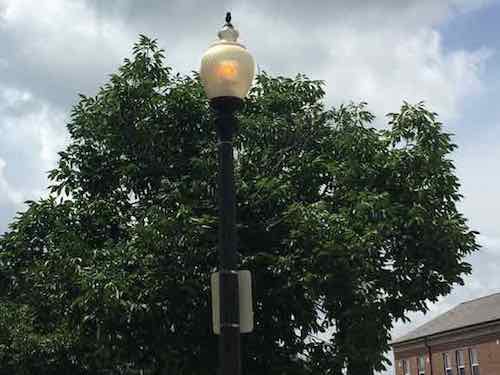?In April I reported to the city how the streetlights in the Columbus Square neighborhood were on 24/7. They’d been on…
Posted by UrbanReview ST LOUIS on Tuesday, June 25, 2019
Sunday Poll: Will St. Louis’ First ‘Blight Elimination Zone’ Be An Asset Within 15 Years?

On Friday there was lots of activity in one North St. Louis neighborhood:
The Wells-Goodfellow neighborhood in St. Louis is undergoing a much needed transformation as part of a new Blight Elimination project.
The goal is to demolish 30 abandoned buildings in three days between Cote Brilliante Avenue, Maffitt Avenue, Clara Avenue and Belt Avenue. In addition, 130 vacant lots will be cleaned up for residents to enjoy. (KSDK)
The center point of this four blocks zone is Burd Ave & Wabada Ave.
At an event Friday, Dorsey and Pulte, along with Mayor Lyda Krewson, announced the city’s first Blight Elimination zone.
The zone will cover four blocks in the Wells Goodfellow neighborhood, comprised of more than 130 lots between Cote Brilliante Avenue, Maffitt Avenue, Clara Avenue, and Belt Avenue.
30 vacant buildings will be demolished, 12 by the City of St. Louis and 18 by the St. Louis Blight Authority. Additionally, the Blight Authority will clear eight acres of vacant lots and alleys with the goal of prepping them for future use and purchase.
The plan is to perform all of the removal in three days. (KMOV)
Here is some more specifics:
Tech billionaire Jack Dorsey, a St. Louis native and co-founder and CEO of both Square Inc. and Twitter, along with Detroit native Bill Pulte, whose grandfather founded national homebuilder Pulte Homes, were paying for the demolitions — $500,000 for a pilot program to completely clear more than 130 lots in a four-block area of the northwest St. Louis neighborhood hard hit by abandonment and vacancy.
“St. Louis is a lot easier to solve,” said Pulte, who several years ago launched the Blight Authority, a similar initiative in the Detroit area. “This problem can be solved. This problem can be solved in less than 15 years…. This is just about willpower at the government and private sector level.”
The new nonprofit he and Dorsey are funding, the St. Louis Blight Authority, aims to complement city efforts to tackle vacancy and demolish abandoned buildings, a key initiative for Mayor Lyda Krewson. This initial pilot phase will knock down 30 structures — 18 funded privately and 12 by the city — and then fund debris removal and beautification. Dorsey and Pulte hope to inspire other philanthropists to contribute to the effort and perhaps expand it to other city neighborhoods. (Post-Dispatch)
This effort is the subject of today’s non-scientific poll.
The poll will automatically close at 8pm tonight. Wednesday morning I’ll share my thoughts and the results.
— Steve Patterson
